
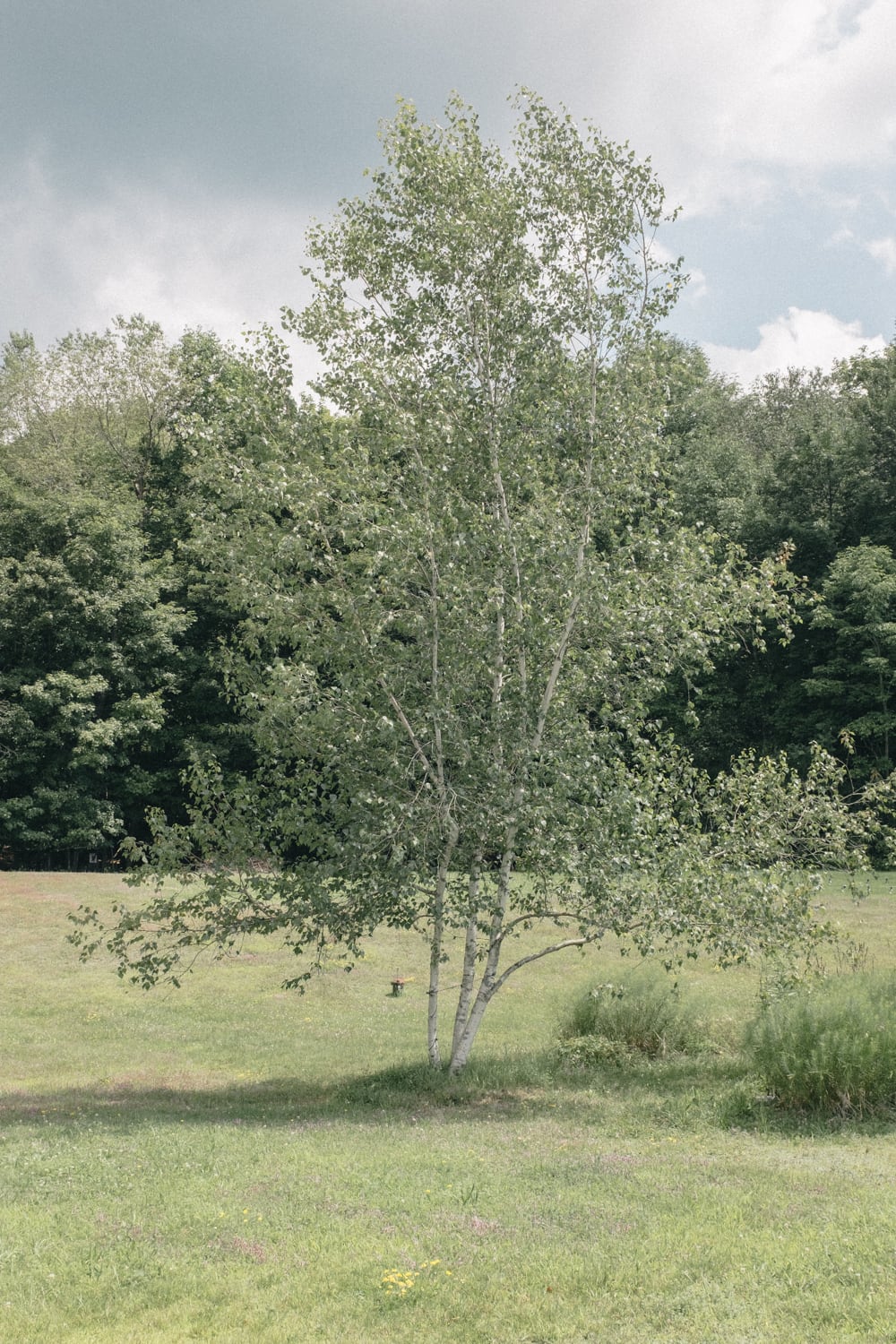



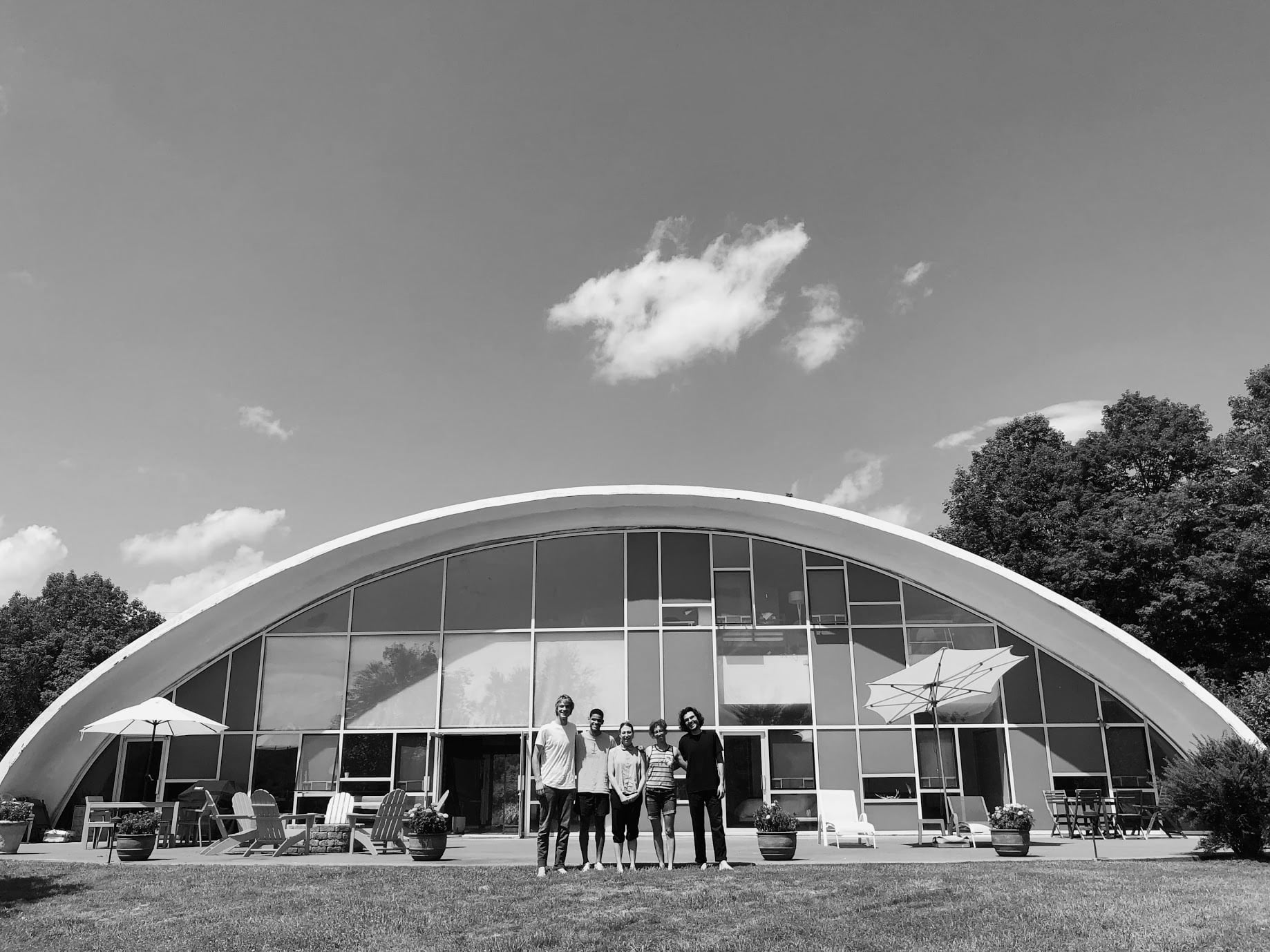
Shell House’s First Forest Inventory
Design Research, 2019
Preface
Climate scientists are speculating and estimating that forest conservation “could provide nearly 30 percent of the solution for limiting global temperature rise to 2 degrees C.”1 In 2015 set the UN a target “to restore 350m hectares by 2030 – an area bigger than India.”2 Scientists and policymakers realize the importance of forests in international climate change policy, as they are “both a source and a sink for CO2.”
Most recently, three of the world’s largest conservation organizations started an unprecedented collaboration, the TrillionTrees partnership. This 25-year initiative shall help to end deforestation and to restore one trillion trees by the year 2050.4 Critique opposed to forest regrowth and tree mobilization states that ecosystems and biodiversity will be massively harmed, as a paper of twenty-eight forest ecologists warned in early 2019.5
After treating trees for two hundred years “as expendable and a waste of space”6 they become a promising holy-grail like figures. Forests, the new gardens of Eden. Trees, the saviors of the climate crisis.
An interesting trend towards utilizing natural entities for the survival of the human species, without acknowledging that these ecosystems and entities might need rights to protect themselves from human impact as well. The biggest problem is that trees operate on different timescales than humans do. Deforestation might only take days, weeks, maybe months, but the growth of native forests takes years, decades, even centuries. If a forest, no matter if urban forest or not, is gone, then are assemblages of multi-species relationships lost.
Ecologist Suzanne Simard, a professor of Forest Ecology at the University of British Columbia in Canada, presents evidence that almost all trees in a forest are connected.7 She collaborated with forestry ranger Peter Wohlleben, whos book “The Hidden Life of Trees” shows that plants feel, communicate, help each other – that the whole forest is one big community in which individuals contribute to the whole, and this helps individuals in crises. Why are trees “social beings,” why are trees sharing nutrients and take care of their competitors? “The reasons are the same as for human communities: there are advantages to working together. A tree is not a forest. […] A tree can be only as strong as the forest that surrounds it.”8 Stunning is the interplay of not just trees, but this truly multi-species effort that defines a healthy forest. This evidence of “tree cognition, microbiome collaborations, and [mycorrhizal] forest intelligence” might help us to understand ecosystems more holistically. It also fosters a “greater human empathy and caring for the health of our forests.”9
This forest inventory tries to bring such a multispecies view into the thinking of future residents. It might foster a reorientation of our relationships towards the plants around the Shell House. This endeavor was inspired by indigenous perspectives of “gift economies” as Robin Wall Kimmerer, professor of Environmental and Forest Biology at the State University of New York College of Environmental Science and Forestry, writes in her book “Braiding Sweetgrass: Indigenous Wisdom, Scientific Knowledge and the Teachings of Plants”.
She is criticizing the commodification of nature as “private property economy” and expresses that in gift economies, property has a ‘bundle of responsibilities’ attached.”10
This project is not completed and will never be complete. It is the start towards shifiting our attention to forgotten responsibilities by focusing our attention to the “living awake in the world.”11 It fosters a feeling of empathetic belonging to a place as well as to non-human entities. As all beings, including us, exchange substance with each other: we eat an apple, its biological assemblage becomes our body. With each breath we take, our body dissolves into the surrounding air. The CO2 that others breathe is our body, which gives itself to the world to transform itself into the body of trees. Trees are our breath and the atmosphere. All of us—the humans, the lindens, the nightingales, the earth and the water—are partners in symbiotic reciprocity that can only be fruitful if it based in “kinship”12 and fair participation as multi-species feminist theorist Donna J. Haraway’s proposes.
The Shell House forest inventory is a first step to overcome the modern phenomenon biologists James H. Wandersee and Elisabeth E. Schussler define as “plant blindness.” This details “(a) the inability to see or notice the plants in one’s environment; (b) the inability to recognize the importance of plants in the biosphere and in human affairs; […] (d) the misguided anthropocentric ranking of plants as inferior to animals and thus, as unworthy of consideration.”13 Wandersee and Schussler conclude that without these means “one is not likely to […] realize that all life depends on plants.” This is a continuing attempt to foster “empathy with others and empathy with nature, mediated through place and identity.”14
Shell House’s First Forest Inventory

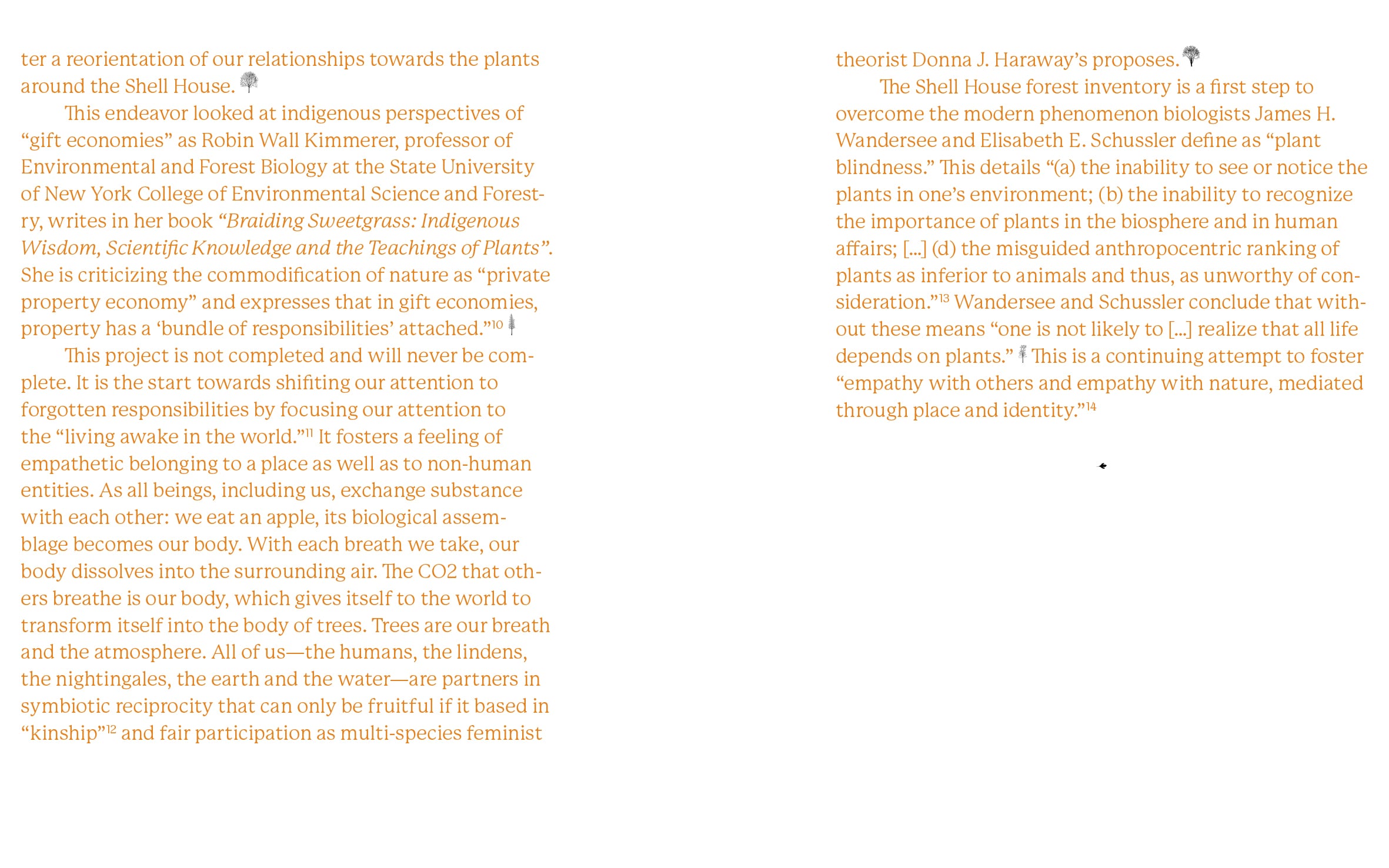

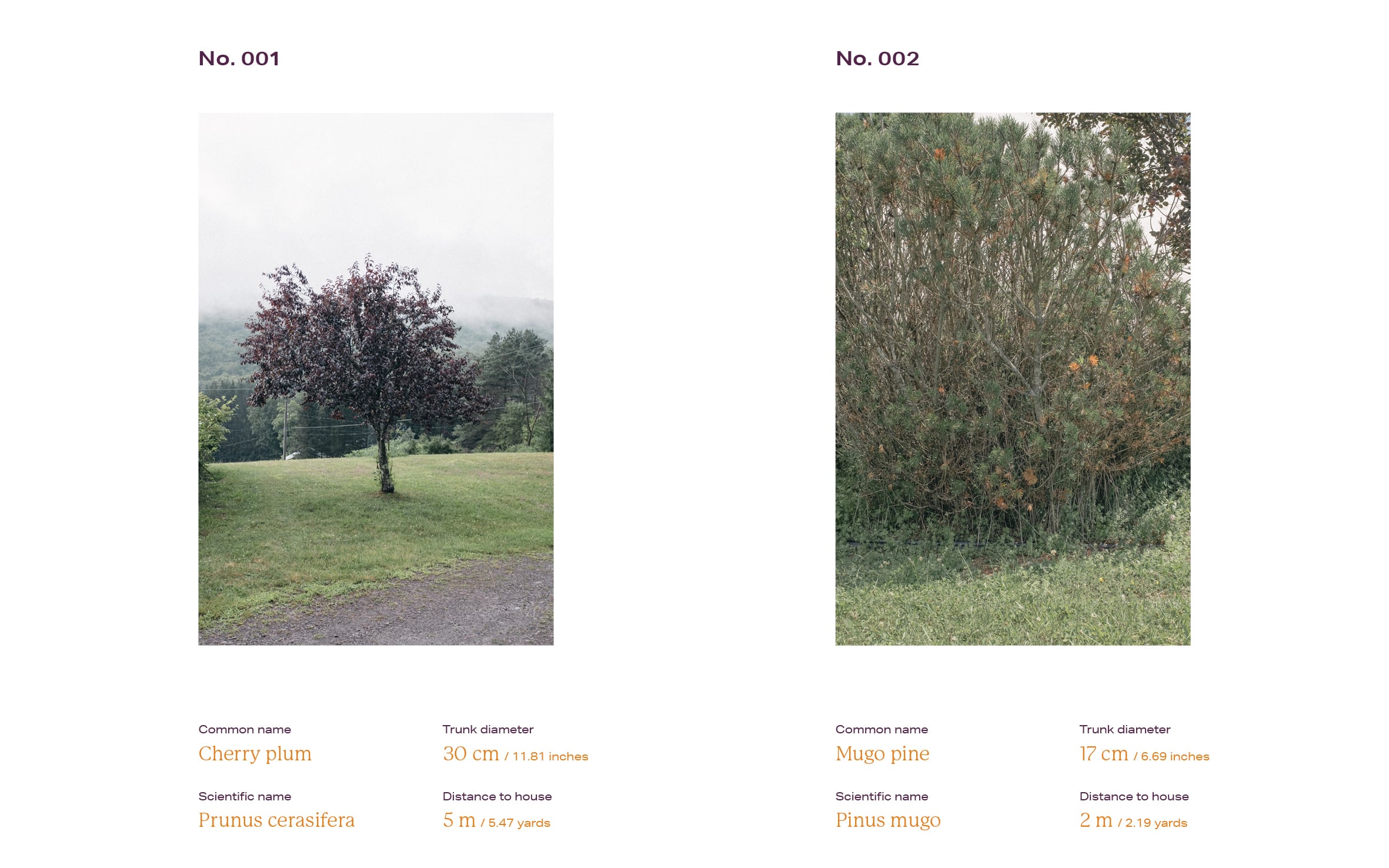

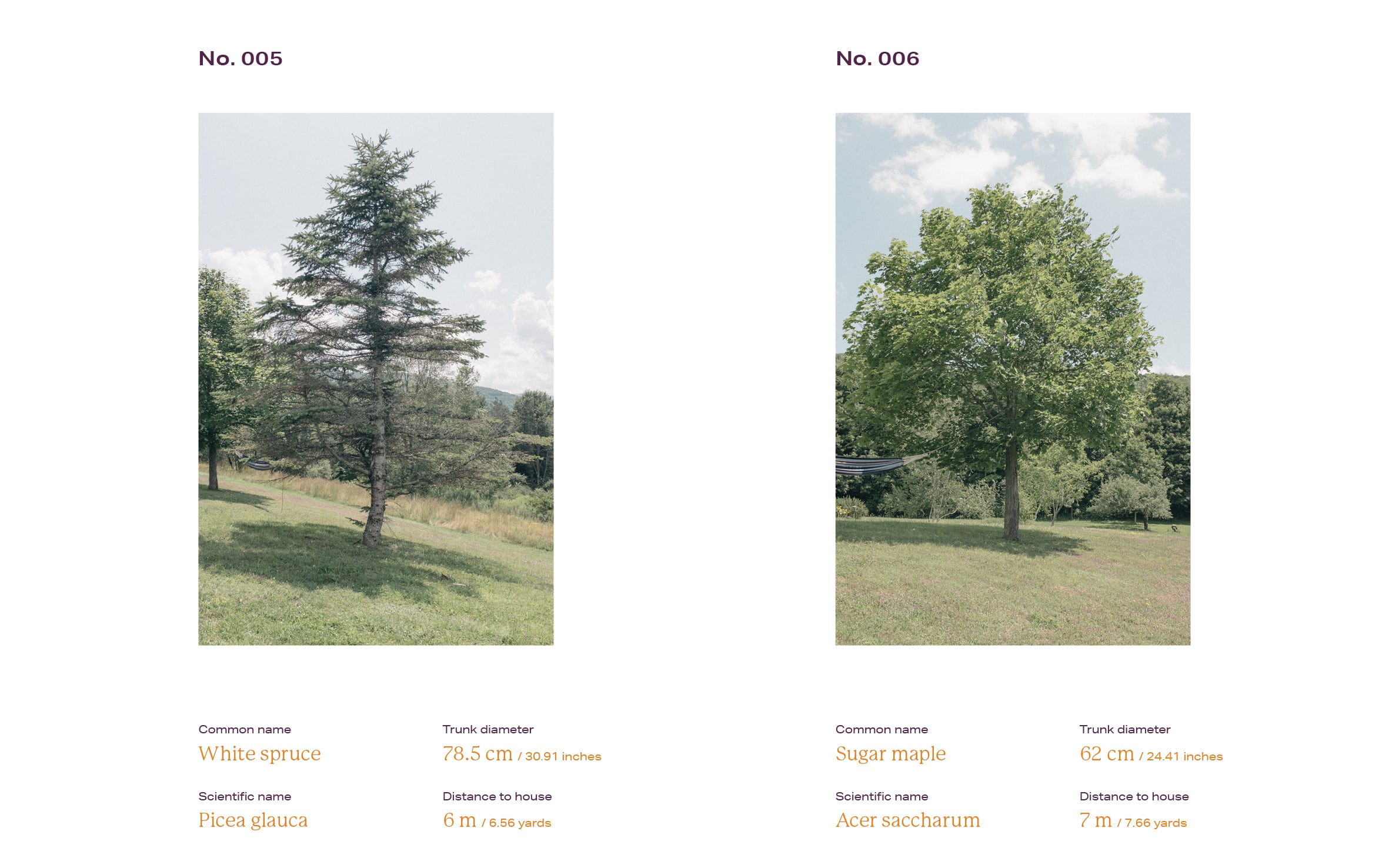

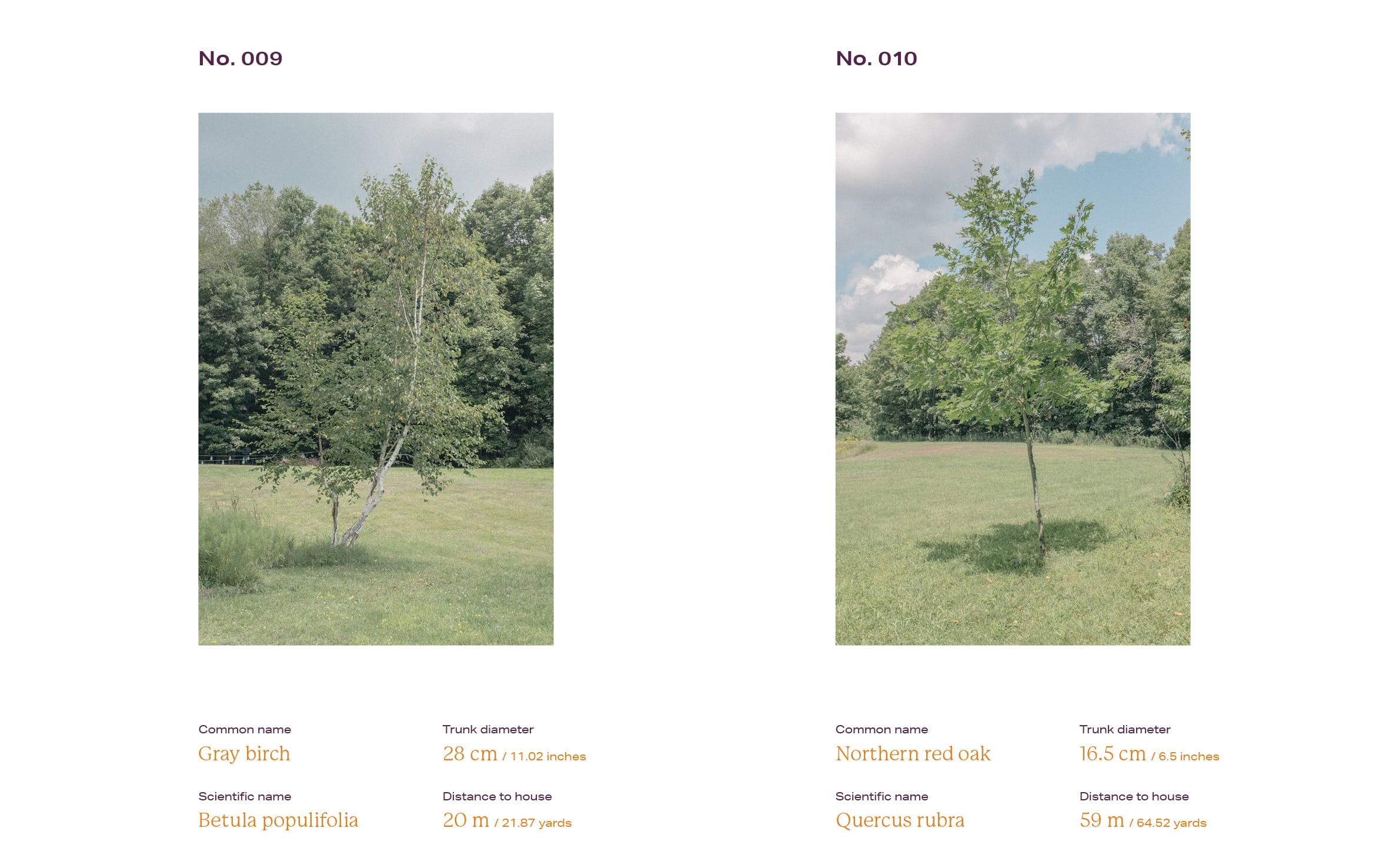

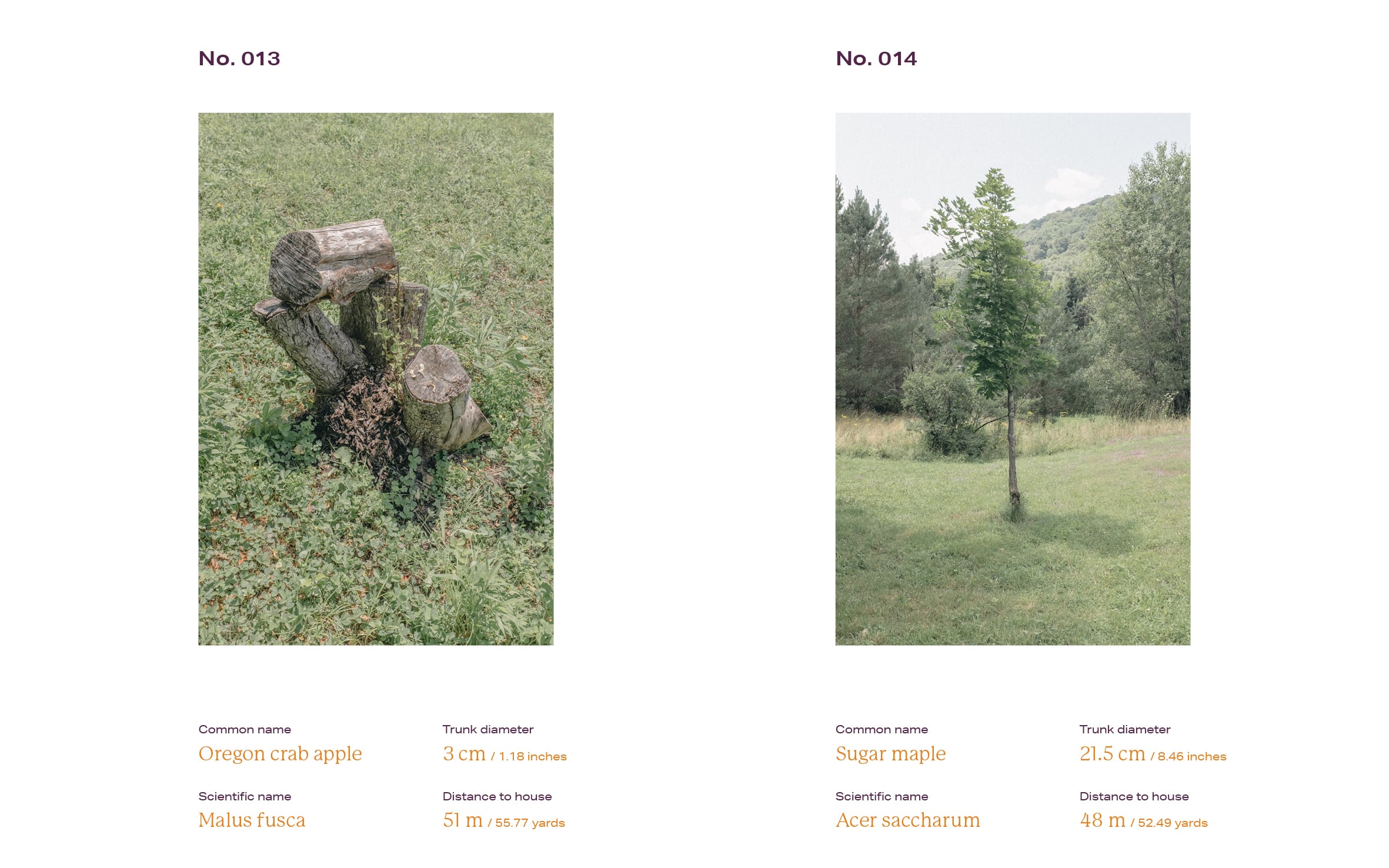

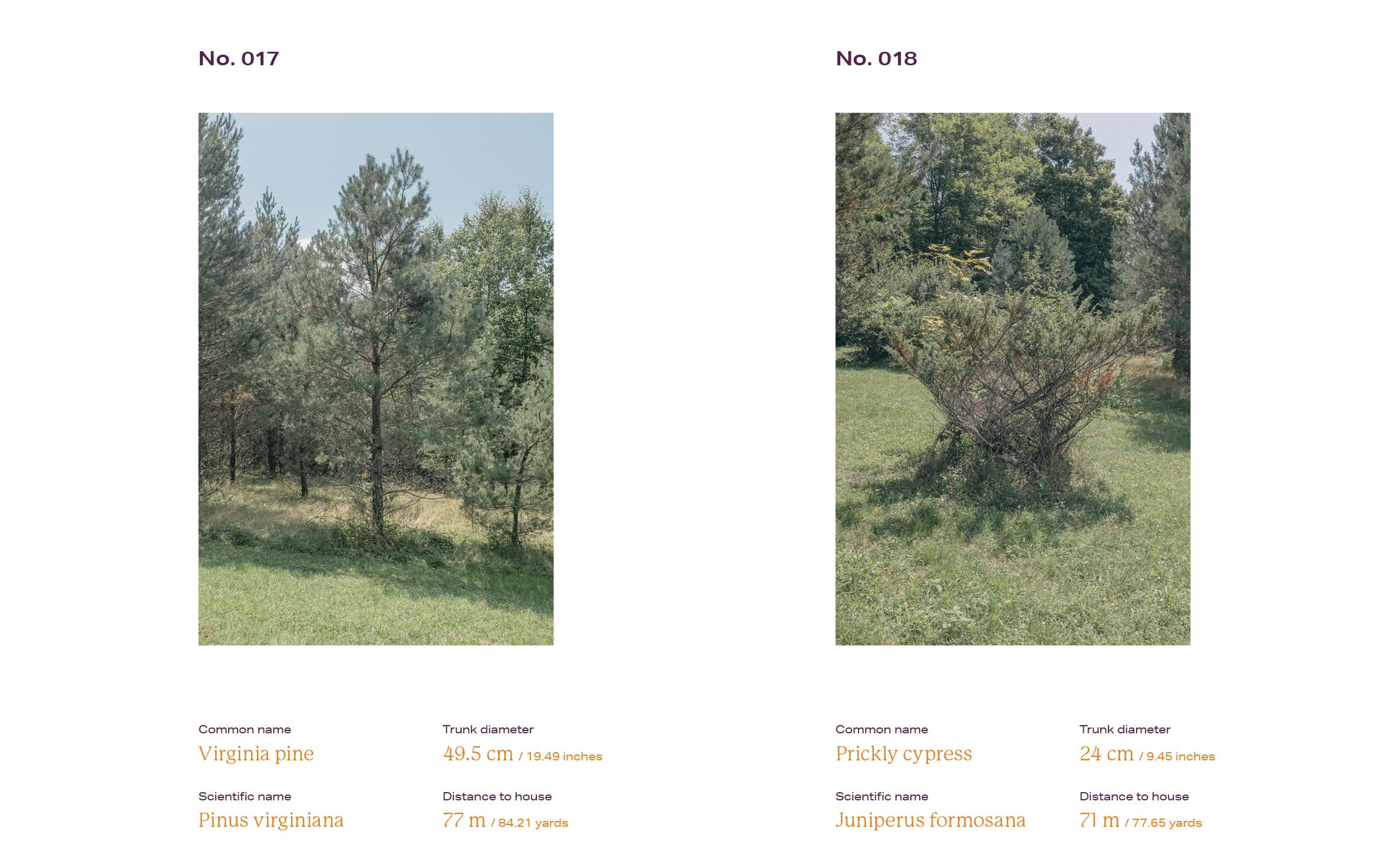

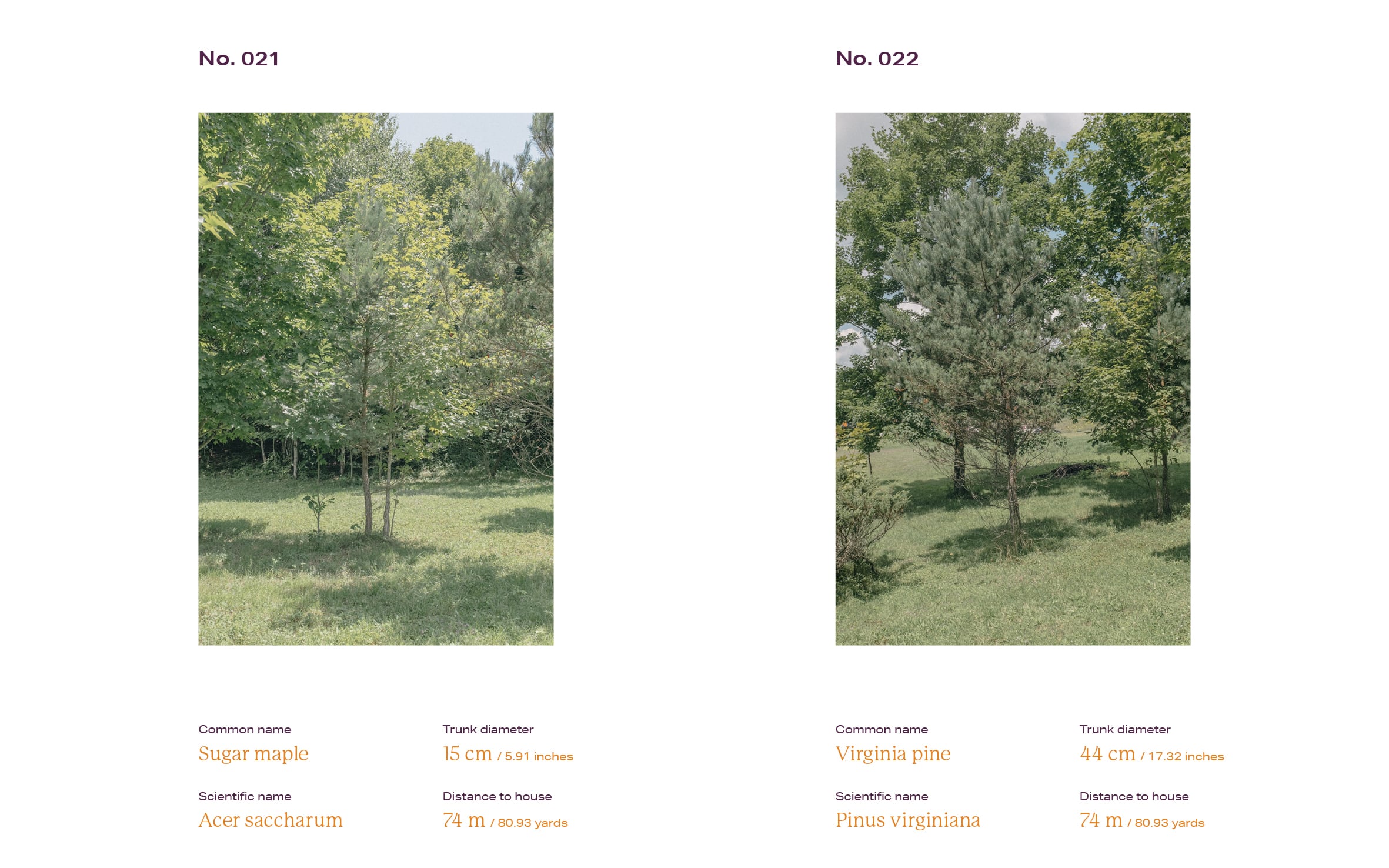

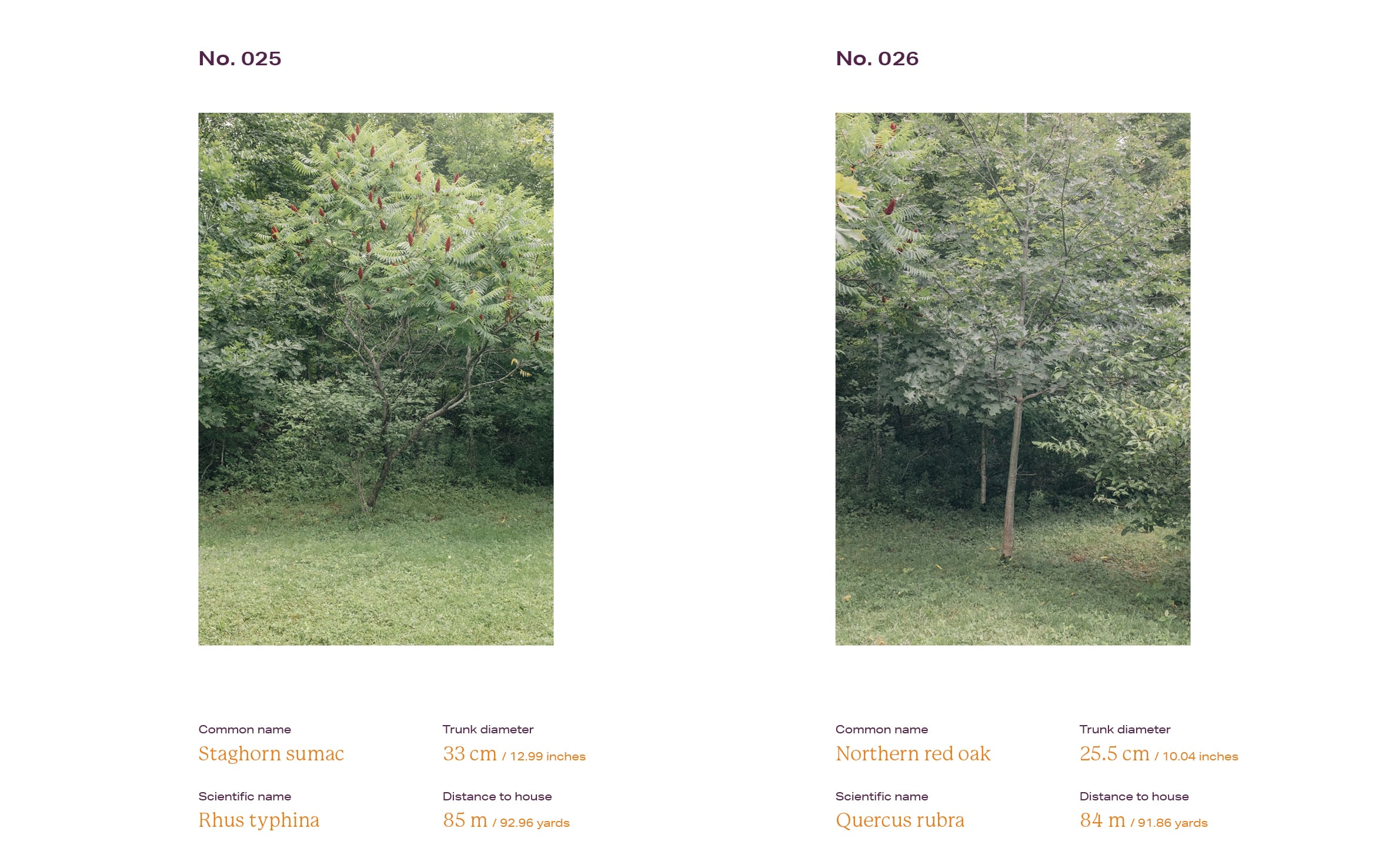
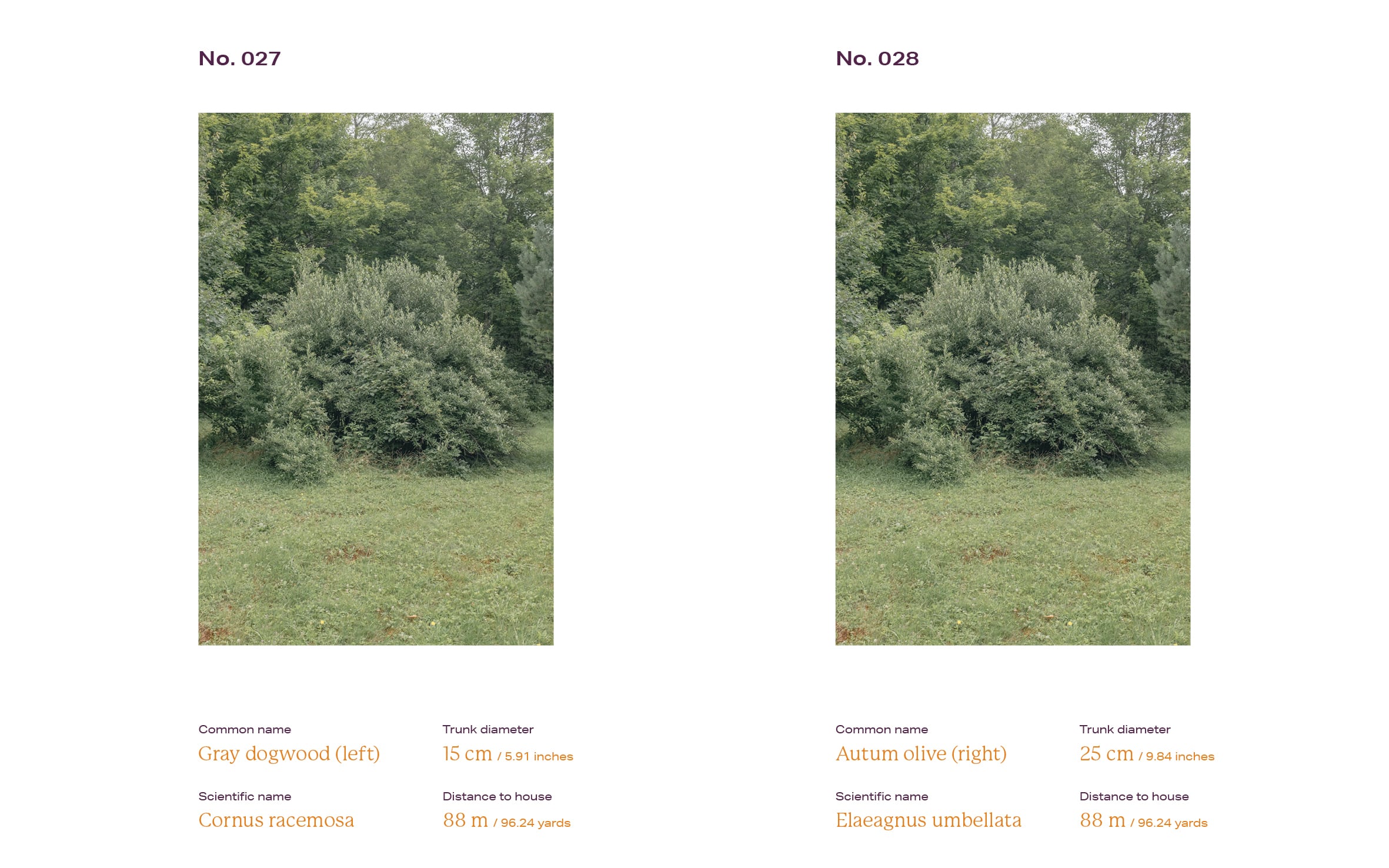
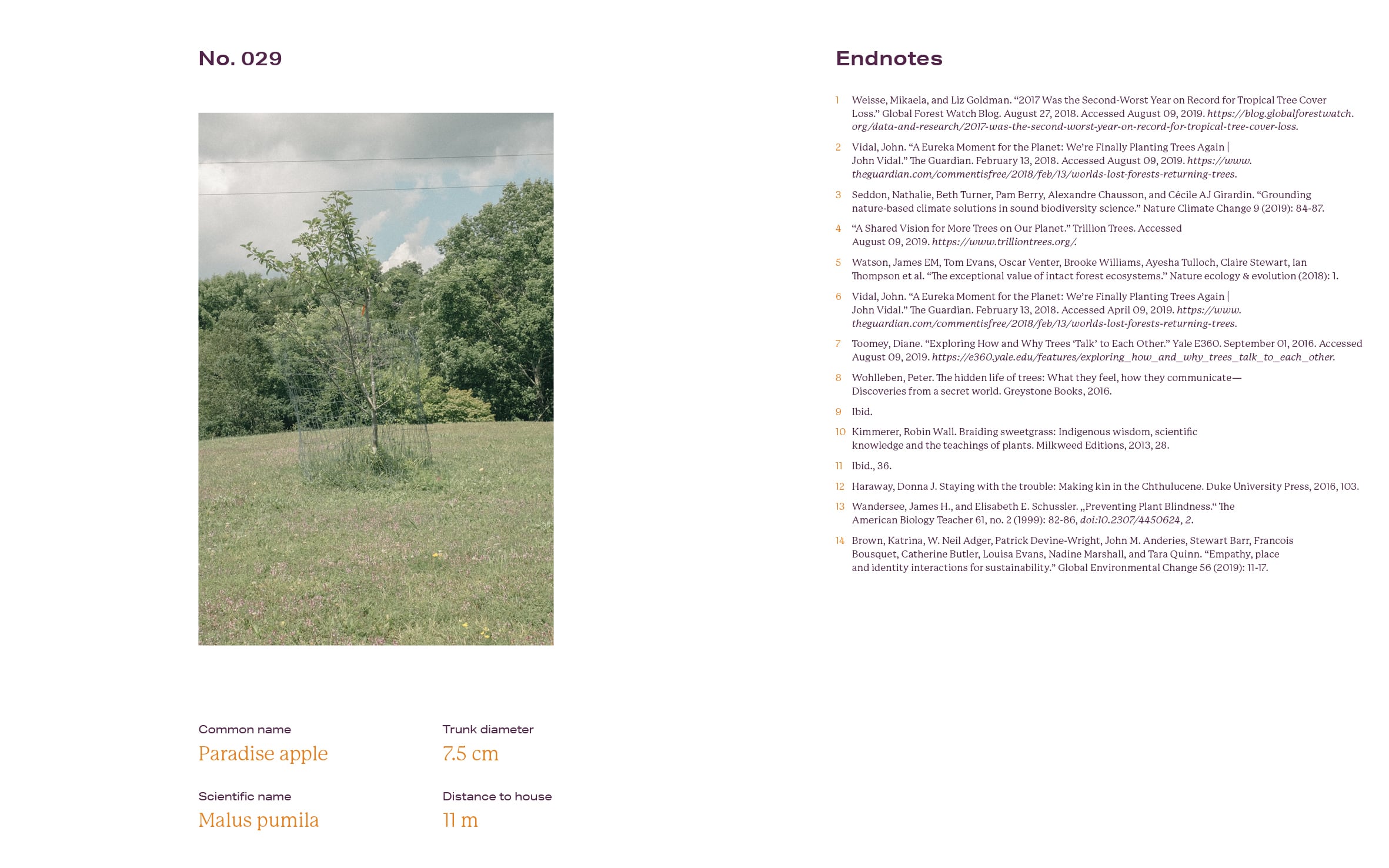

Works cited
1 Weisse, Mikaela, and Liz Goldman. “2017 Was the Second-Worst Year on Record for Tropical Tree Cover Loss.” Global Forest Watch Blog. August 27, 2018. Accessed August 09, 2019. https://blog.globalforestwatch.org/data-and-research/2017-was-the-second-worst-year-on-record-for-tropical-tree-cover-loss. 2 Vidal, John. “A Eureka Moment for the Planet: We’re Finally Planting Trees Again | John Vidal.” The Guardian. February 13, 2018. Accessed August 09, 2019. https://www.theguardian.com/commentisfree/2018/feb/13/worlds-lost-forests-returning-trees. 3 Seddon, Nathalie, Beth Turner, Pam Berry, Alexandre Chausson, and Cécile AJ Girardin. “Grounding nature-based climate solutions in sound biodiversity science.” Nature Climate Change 9 (2019): 84-87. 4“A Shared Vision for More Trees on Our Planet.” Trillion Trees. Accessed August 09, 2019. https://www.trilliontrees.org/. 5 Watson, James EM, Tom Evans, Oscar Venter, Brooke Williams, Ayesha Tulloch, Claire Stewart, Ian Thompson et al. “The exceptional value of intact forest ecosystems.” Nature ecology evolution (2018): 1. 6 Vidal, John. “A Eureka Moment for the Planet: We’re Finally Planting Trees Again | John Vidal.” The Guardian. February 13, 2018. Accessed April 09, 2019. https://www.theguardian.com/commentisfree/2018/feb/13/worlds-lost-forests-returning-trees. 7 Toomey, Diane. “Exploring How and Why Trees ‘Talk’ to Each Other.” Yale E360. September 01, 2016. Accessed August 09, 2019. https://e360.yale.edu/features/exploring_how_and_why_trees_talk_to_each_other. 8 Wohlleben, Peter. The hidden life of trees: What they feel, how they communicate—Discoveries from a secret world. Greystone Books, 2016. 9 Ibid. 10 Kimmerer, Robin Wall. Braiding sweetgrass: Indigenous wisdom, scientific knowledge and the teachings of plants. Milkweed Editions, 2013, 28. 11 Ibid., 36. 12 Haraway, Donna J. Staying with the trouble: Making kin in the Chthulucene. Duke University Press, 2016, 103. 13 Wandersee, James H., and Elisabeth E. Schussler. “Preventing Plant Blindness.“ The American Biology Teacher 61, no. 2 (1999): 82-86, doi:10.2307/4450624, 2. 14 Brown, Katrina, W. Neil Adger, Patrick Devine-Wright, John M. Anderies, Stewart Barr, Francois Bousquet, Catherine Butler, Louisa Evans, Nadine Marshall, and Tara Quinn. “Empathy, place and identity interactions for sustainability.” Global Environmental Change 56 (2019): 11-17.
Many thanks to
Lydia White, founder of Shell House Arts and her husband Ian. Further to the cohort of Summer 2019: Allie Wist, Eric Rannestad, Harrison Smith, and Rowan Renee. Thank you Willa Köerner, (The Strange Foundation) for your time and critique.